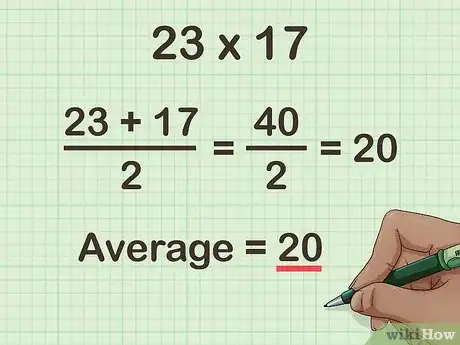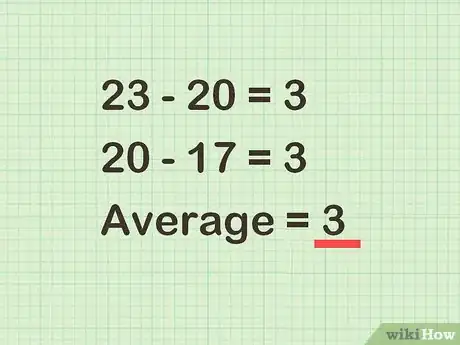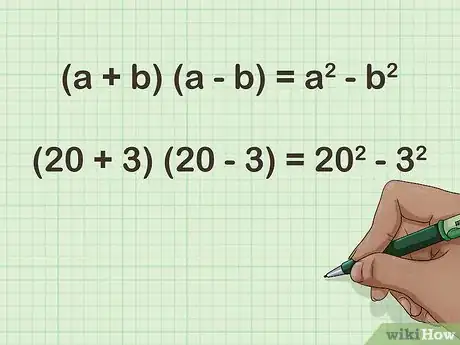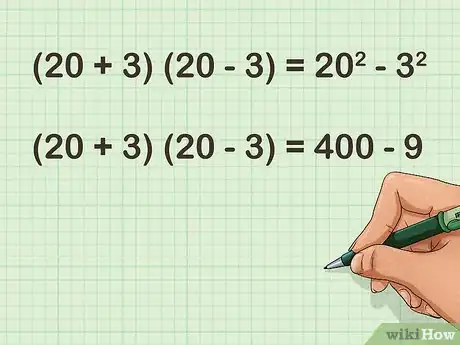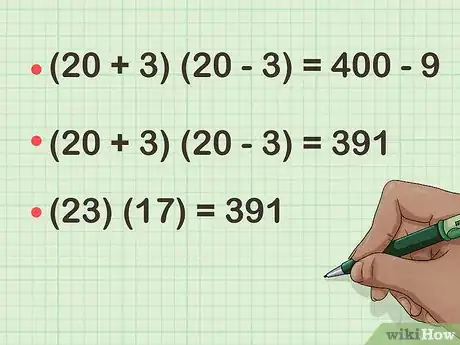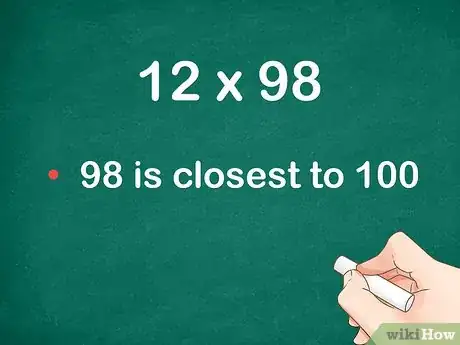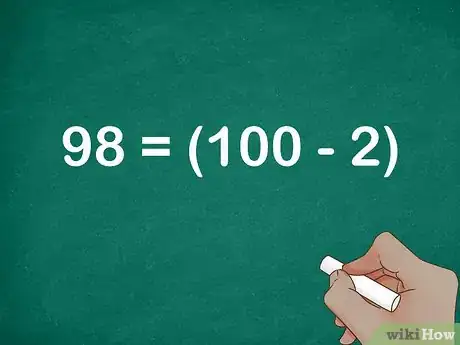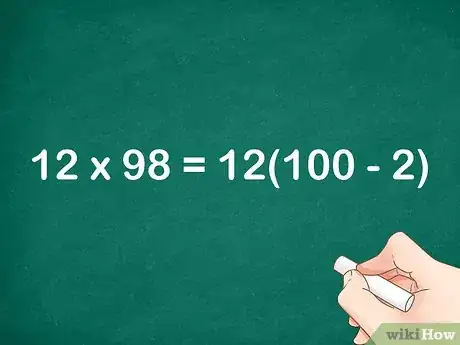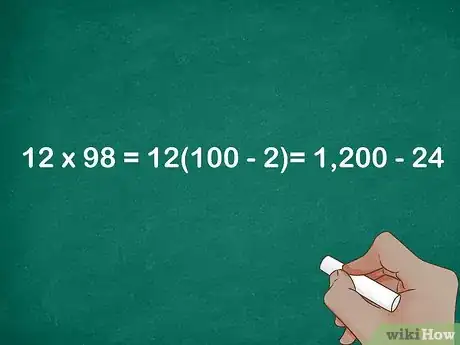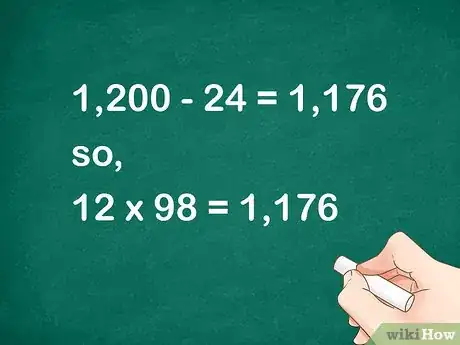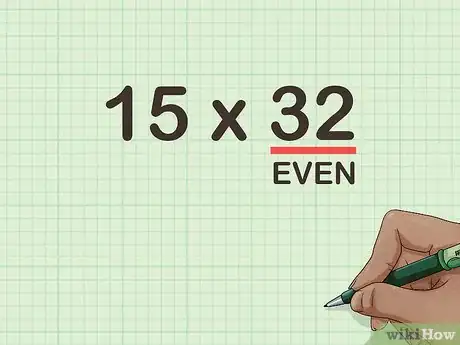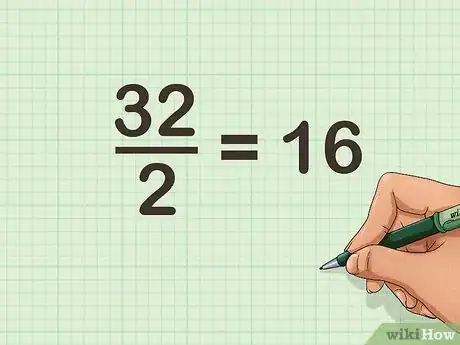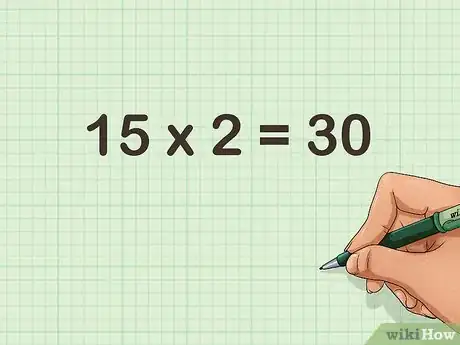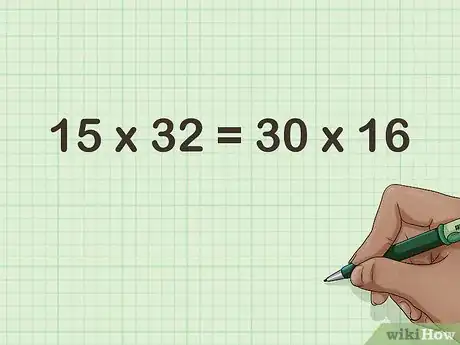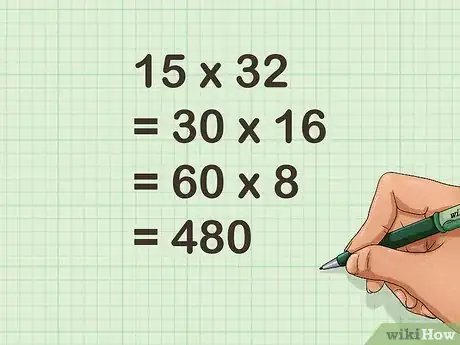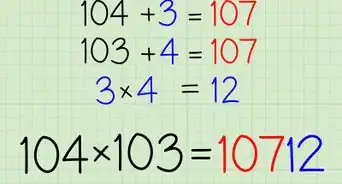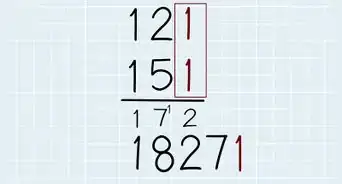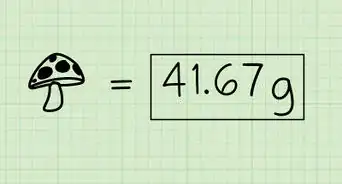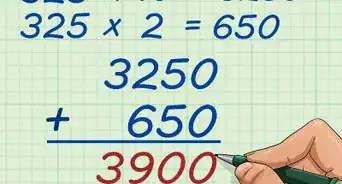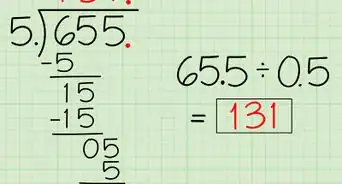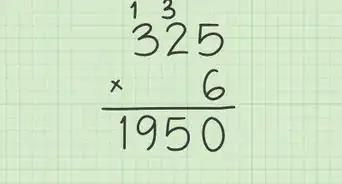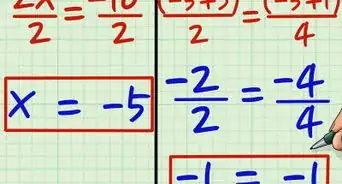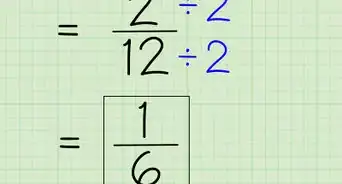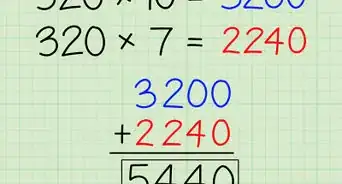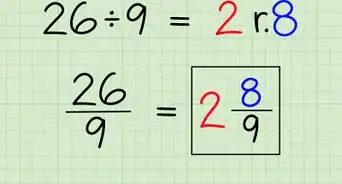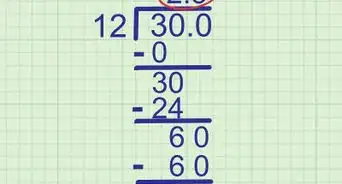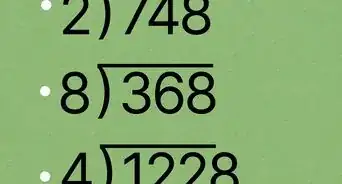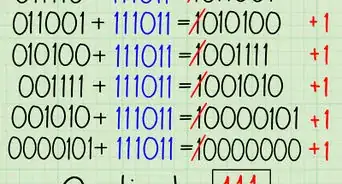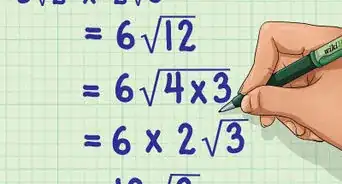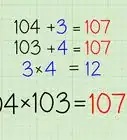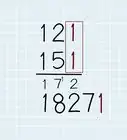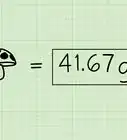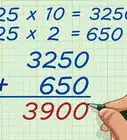This article was co-authored by wikiHow Staff. Our trained team of editors and researchers validate articles for accuracy and comprehensiveness. wikiHow's Content Management Team carefully monitors the work from our editorial staff to ensure that each article is backed by trusted research and meets our high quality standards.
This article has been viewed 44,364 times.
Learn more...
Using the standard algorithm to multiply two 2-digit numbers is sufficient for most purposes; however, its multiple steps can leave you looking for a quick and easy way to find the product of these types of numbers. If you know your basic math facts and have good number sense, you can use a number of techniques to multiply two 2-digit numbers mentally. If you are familiar with the difference of two squares, you can modify your two factors so that they fit this algebraic formula. You can also manipulate the factors by using the distributive property, or by doubling and halving, until you come up with two new numbers that are easier to work with.
Steps
Finding the Difference of Two Squares
-
1Find the average of the two factors you are multiplying. To find the average, add both numbers together, then divide by 2. You can also think of this as the number that both factors are equidistant from.[1]
- Note that this method only works if the average of the two factors is a whole number.
- For example, if you are calculating , find the average of 23 and 17:
So, the average is 20. In other words, 23 and 17 are equidistant from 20.
-
2Find the difference between each factor and their average. This difference should be the same for both numbers.
- For example, since the average of 23 and 17 is 20, you would calculate and . So, the difference between each factor and their average is 3.
Advertisement -
3
-
4Square and . Remember that squaring a number means to multiply it by itself. Hopefully these numbers are easy for you to square in your head. If they aren’t, you might need to use another mental math method.
- For example:
- For example:
-
5Calculate the difference between the two squares. The result will be the product of your original two factors.[4]
- For example, . So, .
Using the Distributive Property
-
1Determine which factor is closest to 100. This method works best when one of the factors is very close to 100, particularly when one of the factors is 99. But, this method may work for other factors as well.
- For example, you might be multiplying . In this case, 98 is closest to 100.
-
2Re-express the factor closest to 100 as . The variable represents the difference between the factor and 100.
- For example, .
-
3Substitute the re-expressed factor into the original equation. You should think about multiplying by the smaller factor.
- For example, .
-
4Multiply using the distributive property. Since the first number in parentheses is 100, it should be easy to find the first factor. Finding the second factor is easier the closest the original number is to 100.
- For example, .
-
5Find the difference between the two products. This will give you the product of your original two factors.
- For example, , so .
Doubling and Halving
-
1Determine whether either factor is even. You will be halving the even number.[5] Remember that an even number is one that is divisible by 2. If both factors are even, choose the smaller number to halve.
- For example, if you are multiplying , you would halve the 32, since it is an even number.
-
2Half the even number. To do this, divide by 2. If you know your math facts well, you should be able to do this easily.
- For example, .
-
3Double the other number. To double a number, multiply it by 2.
- For example, .
-
4Consider the new multiplication problem. The new problem is the result of halving one of the factors and doubling the other.
- For example, .
-
5Continue the process until you arrive at a problem you can compute mentally. Make sure you always halve the same number, and double the same number. The amount of times you halve and double should be same for both factors.[6]
- For example:
- For example:
References
- ↑ https://www.youtube.com/watch?v=eRolK1wWn9Y
- ↑ https://www.mathsisfun.com/algebra/special-binomial-products.html
- ↑ https://www.youtube.com/watch?v=eRolK1wWn9Y
- ↑ https://www.youtube.com/watch?v=eRolK1wWn9Y
- ↑ http://www.quickanddirtytips.com/education/math/5-tips-for-faster-mental-multiplication
- ↑ https://magoosh.com/gmat/2012/doubling-and-halving-trick-for-gmat-math/
